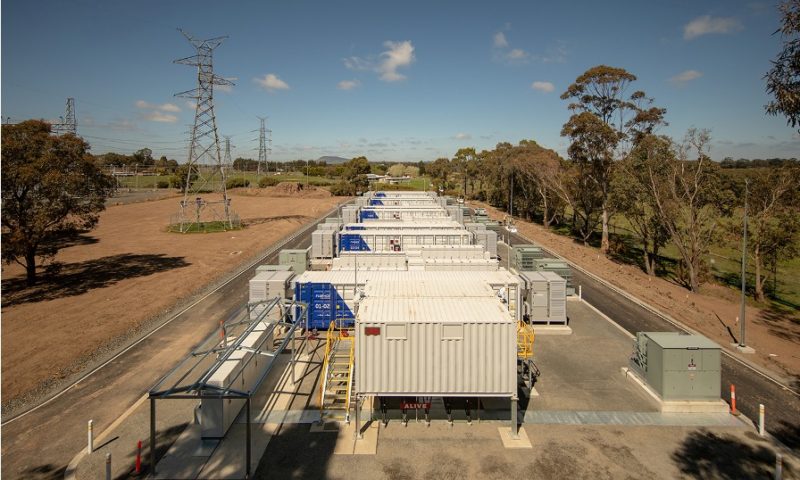In his very influential book “Small is Beautiful,” first published in 1973, British economist E.F. Schumacher championed the cause of small and appropriate technologies. He argued that such technologies can empower the people more than so-called modern technologies that are not sustainable in the long run.
“Small is Beautiful” has a very pertinent application in today’s power grid. While large power generation plants and high-voltage-long-distance transmission lines definitely have their place in the grid, what aptly reflects the “Small is Beautiful” philosophy is the “microgrid”.
A microgrid, as the name clearly suggests, is a small independent power grid, meant to serve a limited number of consumers, typically rural. Microgrids usually run on renewable energy sources, mainly solar, and also have energy storage facility by way of batteries. India has an overwhelmingly large rural population and till recently, access to electricity was unavailable to an embarrassingly large number of villages.
Through programmes like DDUGJY (for village electrification) and Saubhagya (for household electrification), access to electricity has improved dramatically since the past 2-3 years. However, reaching electricity to all rural households through the conventional grid might not be technically and commercially feasible. This is precisely where microgrids can step in.
As microgrids are generally based on renewable energy sources, they support the national objective of carbon footprint mitigation. An electrified rural household—whether through microgrids or conventional grids—will always mean potential social and economic uplift. In the case of microgrids, there is also a potential of local employment coming from operations and maintenance.
It is encouraging to note that some private power utilities have embarked on massive programmes to set up thousands of microgrids in remote villages deprived of electricity access. The Central government, in conjunction with states, should come out with a separate policy on microgrids. Such a move can provide much needed acceleration to this noble effort of microgrids.
Also read: Private utilities give energy storage the initial push
India’s per capita electricity consumption is currently around 1,000 kwh per year. This is one-third the world’s average and one-sixth of the average of developed countries. Round-the-clock availability of electricity nationwide is of paramount importance. In this context, microgrids can play a vital role in ensuring availability and shoring up consumption in rural India.
It is also getting increasingly apparent that India is viewing electricity as its primary source of energy, moving away from coal and oil. In this regard, though coal-based power generation will be the mainstay, the contribution of clean energy sources will play a decisive role. Microgrids, inherently based on renewable energy sources, can therefore be an effective agent to support both national clean energy goals and improving nationwide power availability.
The author of this article, Venugopal Pillai, is Editor, T&D India, and may be reached on venugopal.pillai@tndindia.com. Views expressed here are personal.

